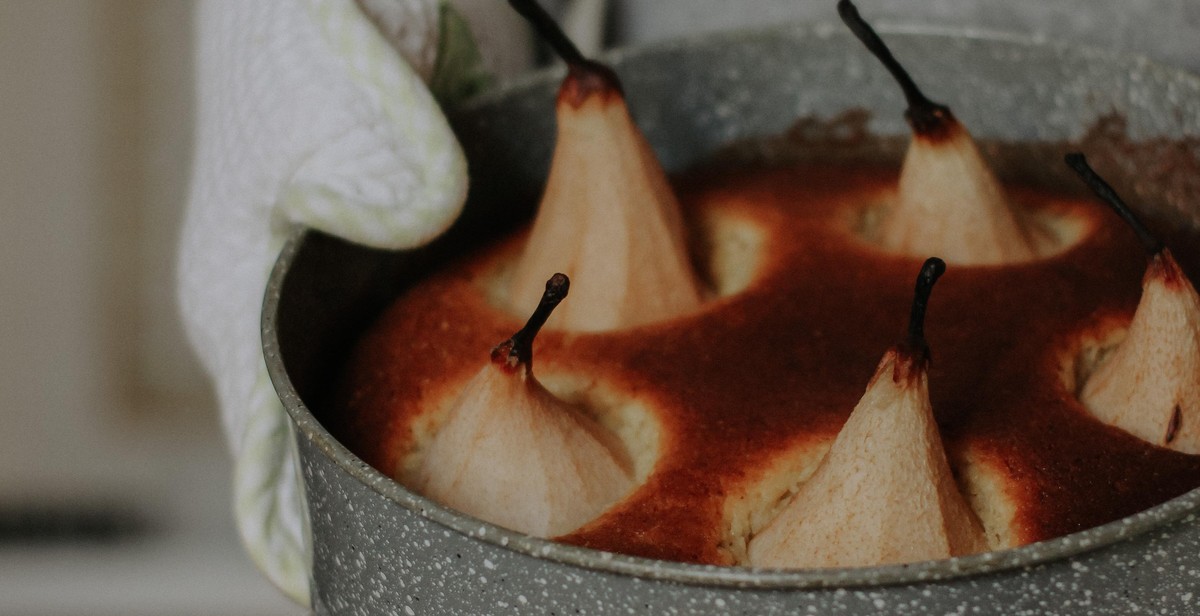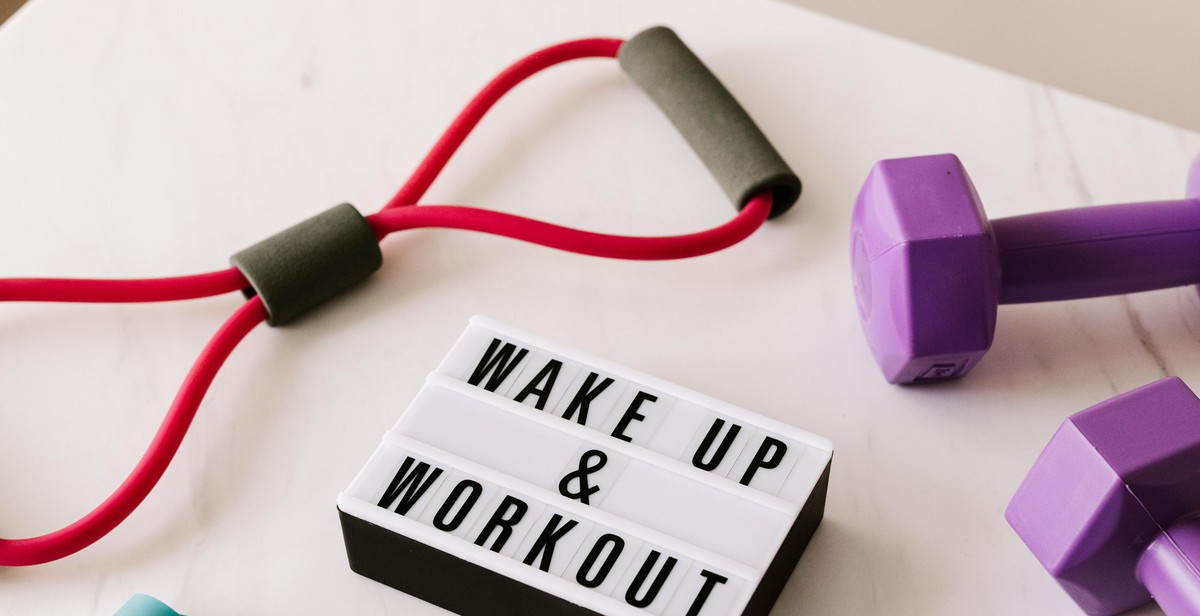How to Improve Lower Body Strength with Squat Variations
Squats are a popular exercise for strengthening the lower body. They primarily target the glutes, quads, and hamstrings, making them an excellent choice for anyone looking to enhance their lower body strength. However, traditional squats can become dull and repetitive over time, making it challenging to stay motivated and continue seeing progress. To overcome this, incorporating different squat variations can help to keep your workouts fresh and challenging.
Benefits of Squat Variations
Squat variations not only keep your workouts interesting, but they also target different muscles in the lower body. By incorporating a variety of squat variations, you can strengthen different muscle groups and prevent muscle imbalances. Additionally, squat variations can help to improve your range of motion, balance, and stability.
Top Squat Variations for Lower Body Strength
There are numerous squat variations to choose from, each with its unique benefits. Some popular squat variations for lower body strength include:
- Front Squats
- Sumo Squats
- Bulgarian Split Squats
- Box Squats
- Jump Squats
Each of these squat variations targets different muscle groups and can be adjusted to suit different fitness levels. By incorporating these variations into your workout routine, you can improve your lower body strength and achieve your fitness goals.

Why Squats?
Squats are one of the most essential exercises for lower body strength. They target several muscle groups, including the glutes, quads, hamstrings, and calves. Squats not only help you build strength but also improve your posture, balance, and flexibility. Here are some of the benefits of squats:
1. Builds Stronger Muscles
Squats are a compound exercise that engages multiple muscle groups simultaneously. The movement targets the lower body muscles, including the glutes, quads, hamstrings, and calves. Squats help build stronger muscles by putting stress on them, which causes them to adapt and grow stronger. By making squats a regular part of your workout routine, you can develop a stronger lower body.
2. Improves Balance and Posture
Squats require a lot of balance, which makes them an excellent exercise for improving your balance and posture. When you perform squats, you engage your core muscles, which help stabilize your body. By doing squats regularly, you can improve your balance and posture, which can reduce your risk of injuries and improve your overall quality of life.
3. Increases Flexibility
Performing squats regularly can also increase your flexibility. Squats involve a full range of motion, which means that your muscles are stretched and contracted throughout the movement. By doing squats, you can improve your flexibility in your hips, knees, and ankles, which can help you move more freely and reduce your risk of injuries.
4. Boosts Metabolism
Squats are a high-intensity exercise that can help boost your metabolism. When you perform squats, you engage several large muscle groups, which require a lot of energy to move. This means that your body burns more calories during and after the exercise, which can help you lose weight and improve your overall health.
Types of Squats
There are several types of squats that you can incorporate into your workout routine. Here are some of the most popular ones:
- Bodyweight Squats: These are the most basic type of squat that you can do. They involve squatting down and standing up using only your bodyweight.
- Barbell Squats: These involve squatting down and standing up while holding a barbell on your shoulders. Barbell squats can be done with a back squat or front squat grip.
- Dumbbell Squats: These involve holding dumbbells in your hands while squatting down and standing up.
- Sumo Squats: These are similar to bodyweight squats, but your feet are wider apart, and your toes point outwards.
Each type of squat targets slightly different muscle groups, so it’s important to mix them up to get the most out of your workouts.

How to Perform Squats Correctly
Squats are one of the most effective exercises for building lower body strength. However, to perform them correctly, you need to master proper form and avoid common mistakes. Follow these steps to perform squats correctly:
Proper Form
- Stand with your feet shoulder-width apart. Your toes should be pointing slightly outward.
- Engage your core and keep your back straight. Do not round your back or lean forward.
- Lower yourself down as if you are sitting in a chair. Keep your knees in line with your toes.
- Lower yourself until your thighs are parallel to the ground. Do not go lower than this as it can cause strain on your knees and back.
- Push through your heels to stand back up. Keep your weight on your heels and do not let your knees cave in.
Common Mistakes to Avoid
Here are some common mistakes that you should avoid when performing squats:
- Not engaging your core. This can lead to a rounded back and poor form.
- Leaning too far forward. This can put strain on your back and knees.
- Going too low. This can cause strain on your knees and back.
- Letting your knees cave in. This can lead to poor form and injury.
By following these steps and avoiding common mistakes, you can perform squats correctly and effectively build lower body strength.

Squat Variations to Improve Lower Body Strength
If you are looking to improve your lower body strength, incorporating squat variations into your workout routine is a must. Squats are a compound exercise that engage multiple muscle groups, including the glutes, quads, hamstrings, and calves. Here are some squat variations that can help you achieve your lower body strength goals:
Front Squats
Front squats are a variation of the traditional back squat, but with the barbell placed in front of the body. This variation places more emphasis on the quads and core muscles, making it an excellent exercise for improving lower body strength and stability. To perform a front squat, follow these steps:
- Stand with your feet shoulder-width apart and the barbell resting on the front of your shoulders.
- Squat down, keeping your chest up and your core engaged.
- Push through your heels to stand back up.
Back Squats
Back squats are a classic exercise for building lower body strength. This variation places more emphasis on the glutes and hamstrings, making it an excellent exercise for developing overall lower body strength. To perform a back squat, follow these steps:
- Stand with your feet shoulder-width apart and the barbell resting on your upper back.
- Squat down, keeping your chest up and your core engaged.
- Push through your heels to stand back up.
Overhead Squats
Overhead squats are an advanced variation that require a high degree of mobility and stability. This variation places more emphasis on the core and shoulder muscles, making it an excellent exercise for improving overall strength and stability. To perform an overhead squat, follow these steps:
- Stand with your feet shoulder-width apart and the barbell overhead.
- Squat down, keeping your chest up and your core engaged.
- Push through your heels to stand back up.
Pistol Squats
Pistol squats are a single-leg variation that require a high degree of strength and balance. This variation places more emphasis on the quads and glutes, making it an excellent exercise for developing lower body strength and stability. To perform a pistol squat, follow these steps:
- Stand on one leg with your other leg extended in front of you.
- Squat down, keeping your chest up and your core engaged.
- Push through your heel to stand back up.
Incorporating these squat variations into your workout routine can help you achieve your lower body strength goals. Start with lighter weights and focus on proper form before increasing the weight or difficulty of the exercise.

Incorporating Squat Variations into Your Workout Routine
If you’re looking to improve your lower body strength, incorporating squat variations into your workout routine is a great way to achieve your fitness goals. Squats are a compound exercise that target multiple muscle groups, including your glutes, quadriceps, hamstrings, and calves. By adding different variations of squats to your workout routine, you can challenge your muscles in new ways, prevent boredom, and avoid hitting a plateau in your progress.
Sample Lower Body Workout Routine
Before diving into the different squat variations, here’s a sample lower body workout routine that you can use as a starting point:
| Exercise | Sets | Reps | Rest |
|---|---|---|---|
| Barbell Back Squat | 3 | 8-10 | 60 seconds |
| Bulgarian Split Squat | 3 | 10-12 (each leg) | 60 seconds |
| Deadlift | 3 | 8-10 | 60 seconds |
| Single-Leg Calf Raise | 3 | 12-15 (each leg) | 60 seconds |
This workout routine includes the barbell back squat, Bulgarian split squat, deadlift, and single-leg calf raise. These exercises target your lower body muscles and can be modified to suit your fitness level.
Adding Squat Variations
Now that you have a sample lower body workout routine, you can incorporate different squat variations to challenge your muscles and achieve your fitness goals. Here are some squat variations to consider:
- Front Squat
- Sumo Squat
- Box Squat
- Pistol Squat
- Lunge Squat
By adding these squat variations to your workout routine, you can target your lower body muscles in different ways and avoid hitting a plateau in your progress. Remember to always perform exercises with proper form and consult a fitness professional if you have any concerns or questions.

Conclusion
In conclusion, incorporating squat variations into your lower body workout routine is an effective way to improve lower body strength and muscle mass. Squats are a compound exercise that target multiple muscle groups simultaneously, including the quads, hamstrings, glutes, and core.
By incorporating different squat variations such as front squats, goblet squats, and Bulgarian split squats, you can target different areas of your lower body and prevent plateaus in your strength training.
It is important to maintain proper form when performing squats to avoid injury and maximize results. Start with lighter weights and gradually increase the weight as you become more comfortable with the exercise.
Additionally, incorporating other lower body exercises such as lunges and deadlifts can complement your squat variations and further improve lower body strength and muscle mass.
Remember to always listen to your body and adjust your workout routine as necessary. Consistency and dedication are key to achieving your fitness goals.
- Start with lighter weights and gradually increase
- Proper form is important to avoid injury and maximize results
- Incorporate other lower body exercises to complement squat variations
- Consistency and dedication are key to achieving your fitness goals
